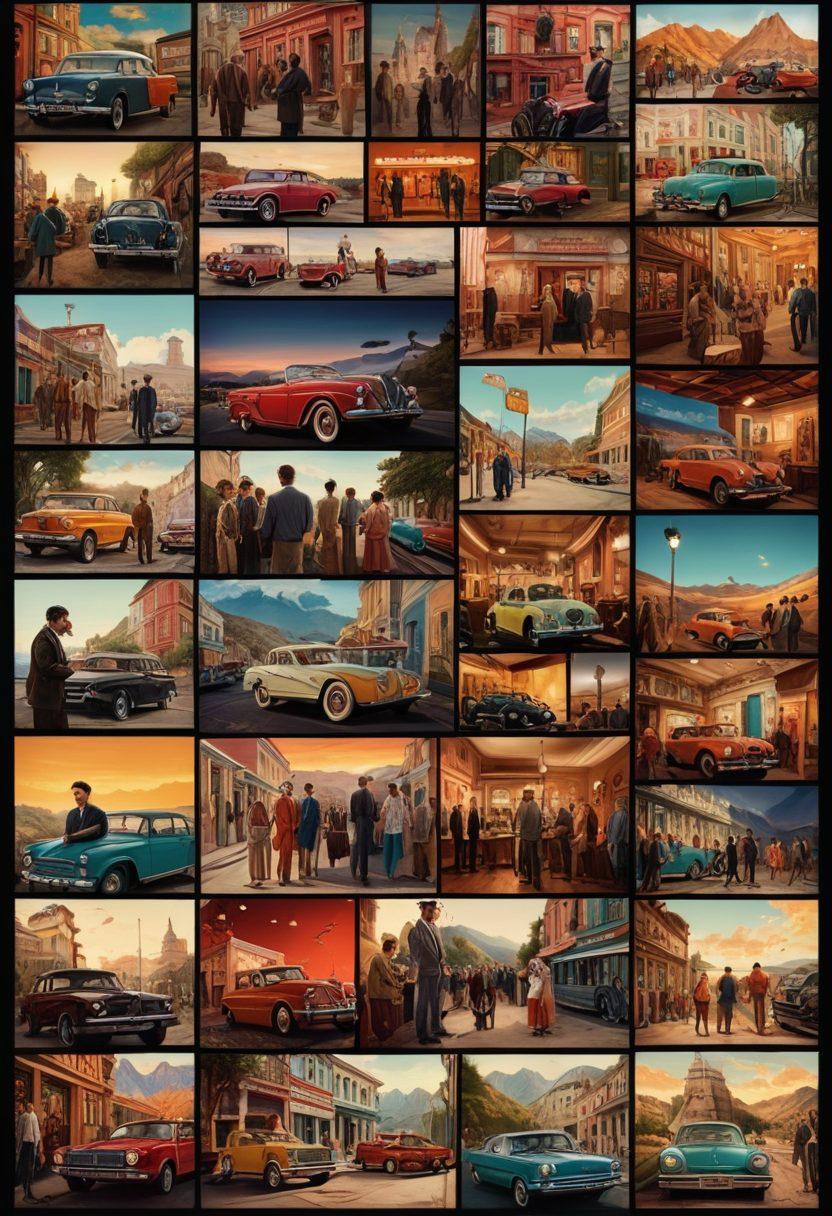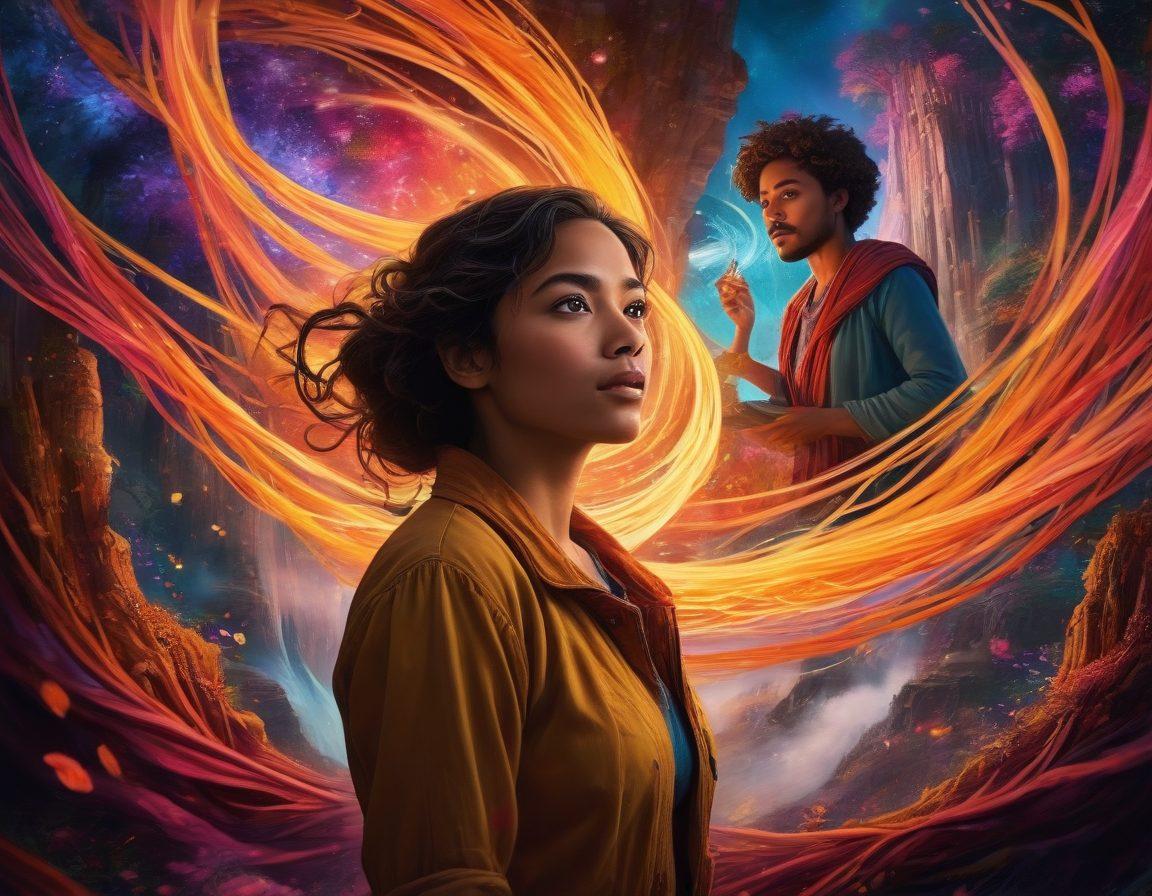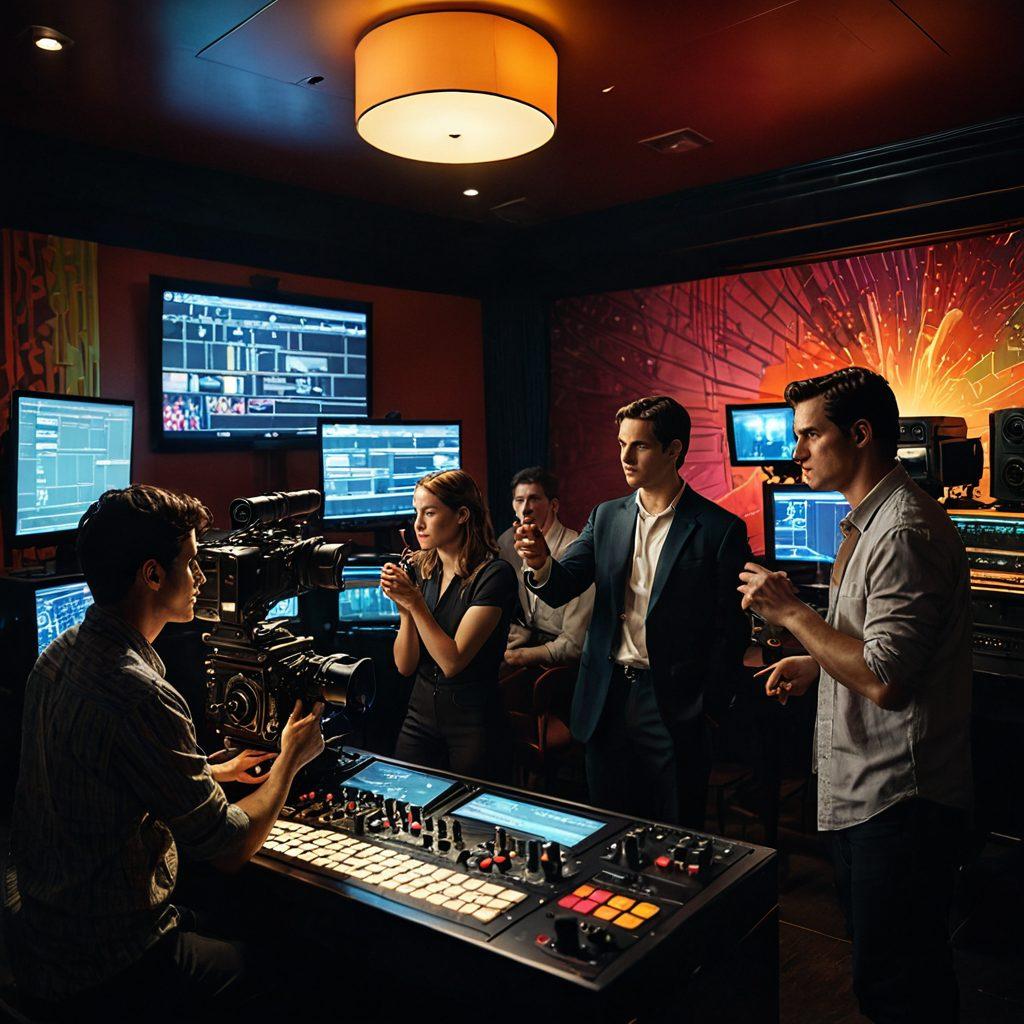Exploring the Art of Independent Film: Techniques for Captivating Storytelling and Cinematic Production
In the world of independent cinema, mastering film techniques isn’t just a skill; it’s an art form that propels creativity into a realm of limitless possibility. Picture this: a filmmaker stands behind the camera, bathed in the golden glow of early morning light, ready to capture not just images but emotions, stories, and dreams. This vibrant setting is not just vivid imagery—it's the gateway to a journey that unravels the mystery of storytelling in film. Independent filmmakers, or those venturing into the exciting world of nmfilms, have the unique opportunity to breathe life into their visions, and this blog will unfold the essential techniques that can unleash that creativity. So, what makes a film truly captivating? While Hollywood might dominate the movie industry, independent films add layers to the fabric of cinema arts that often go unnoticed. By delving into the secrets of film production, we can learn how the marriage of visual storytelling and passionate narratives creates unforgettable motion pictures. Imagine the simple yet powerful act of a camera choosing a subject—how does the angle affect the story? How does lighting breathe life into a character? These film techniques are not just technical aspects; they are the heartbeat of cinema itself. Have you ever watched a short film or a feature film and felt a moment of connection with a character? That’s no accident. Film direction and skilled screenwriting work hand-in-hand to draw viewers into the emotional landscapes crafted by filmmakers. Every pause, every shift in tone—these elements are meticulously planned, often with painstaking attention during the film editing process. It’s like a dance that requires precision but allows for expression, where every cut and transition in post-production builds anticipation and improves the overall cinematic production. Let’s talk about the unsung heroes of filmmaking: audio in film. A perfectly timed sound cue can elevate a scene from good to breathtaking. It might seem subtle, but the right use of silence or a soaring score can pull at our heartstrings. In independent films, where budgets might not allow for grand orchestras, creativity shines through. Filmmakers can innovate with soundscapes, making bold choices that paint vivid auditory portraits alongside their visual storytelling. This is entertainment production at its best, where ingenuity defeats luxury! Finally, once your masterpiece comes to life, how do you make sure the world sees it? Film marketing and distribution are critical elements in the journey of movie creation. When considering submission to film festivals, it’s important to understand the nuances of film critique. What do audiences resonate with? What elevates a film from the labels of merely “independent” to a cult classic? Engaging with your audience, knowing how to present your film, and finding the right platforms for its release can shape its future impact in the entertainment industry. Each film is a story waiting to be told. Whether it's a fleeting moment captured through a lens or a saga woven together with emotion, mastering film techniques allows aspiring filmmakers to create their own unique narrative. Armed with creativity, passion, and the right tools, the world of independent cinema is yours to explore and conquer!
The Power of Storytelling: Crafting Engaging Narratives for Film
In the vibrant world of cinema arts, one of the most powerful tools at a filmmaker's disposal is storytelling. Think back to the last film that left you utterly captivated—what elements drew you in? Was it the intricate character development, the unexpected plot twists, or perhaps the sheer emotional depth of the narrative? Independent films are often the breeding ground for Original and innovative storytelling—a testament to the passion and creativity of filmmakers who dare to step outside conventional norms. Through the lens of nmfilms, we explore the transformative power of storytelling in films, unearthing techniques for crafting engaging narratives that resonate with audiences.
Every story has a heartbeat, and as filmmakers, it is our job to find that rhythm. Imagine your story as a complex tapestry, woven together with threads of emotion, conflict, and resolution. In the realm of film making, narrative structures such as the three-act format become invaluable tools. They help to shape our vision, steering the audience on a journey filled with anticipation and climax. Yet, true artistry in storytelling in film goes beyond mere structural frameworks; it is about embedding layers of meaning, creating visual storytelling that captivates and evokes emotions. As you venture into film production, consider this: how can your story resonate with the viewer long after the credits roll?
Let's delve into character development, for it is often the lifeblood of any feature film or short film. Crafting characters that reflect the human experience—flawed yet relatable—is essential. Develop intricate backstories, provide internal conflicts, and allow them to evolve throughout the narrative. Think of the unforgettable characters in movies that have shaped the entertainment industry. Can you recall the wise words of screenwriter William Goldman? "Nobody knows anything." Yet, creating characters that feel real transcends knowledge and expertise; it requires a deep understanding of human nature. In independent films, where budgets may be limited, the depth of characters matters even more. How will your characters challenge conventions and push boundaries?
Post-production is where editing becomes not just a technical necessity but also an art form. It is during this phase where the narrative truly takes shape. Film editing allows you to tighten the pace, manipulate emotions, and weave together scenes to enhance the storytelling experience. This is the phase when filmmakers transform raw footage into a compelling visual narrative. Imagine the difference between a long, drawn-out scene and a tightly edited sequence that holds viewers in suspense—what would your audience prefer? And don’t forget the importance of audio in film; how music and sound effects can amplify emotions and elevate moments of tension. Keep your creative juices flowing, as this stage is where your film's identity crystallizes.
The journey doesn’t end after the final cut. Film distribution and marketing are pivotal stages of cinematic production that often overshadow the creative process. Sharing your stories with the world requires strategy and planning—after all, how will audiences experience the fruits of your labor? Film festivals can be a launching pad for independent films, a platform to showcase your unique vision and story. Engaging with the film critique community can also provide beneficial insights and reviews that propel your career forward. Consider asking yourself: How can you leverage the art of storytelling to entice viewers and create anticipation around your film?
In the end, storytelling is the heartbeat of cinema. It's about connecting with audiences on a profound level, sparking conversations that linger long after the lights dim. With the right film techniques, your story can transcend screens, finding a home in the hearts of viewers. It's a challenge, but also an exhilarating journey through motion pictures that invite us to explore the complexities of human experience. As you navigate the world of film direction, remember that every great film begins with a great story. What story are you excited to tell next?
Navigating Film Production: Insights into Cinematic Excellence and Distribution
Navigating the world of film production can often feel like walking through a labyrinth—exciting, yet daunting. Imagine standing behind the lens and watching your dreams transform into motion pictures. That's the essence of independent films, which allow creators to tell unique stories without the constraints of the larger movie industry. In this blog, we will delve into the enchanting journey of cinematic production and film distribution, exploring techniques that pave the way for captivating storytelling in film. How do filmmakers cultivate their visual storytelling techniques to resonate with audiences? Let’s find out!
Every great film begins with a solid story, and screenwriting is where it all starts. Your narrative shapes the entire movie creation process, creating a blueprint for everything that follows. Take a moment and think: what resonates with you? Is it the high-stakes drama, heartfelt romance, or spine-tingling horror? By immersing yourself in various genres and understanding the elements that make each engaging, you can refine your storytelling skills, becoming a master of the art. As seasoned filmmaker and director Edgar Wright puts it, 'The more you learn about storytelling, the more you can play with it.' So, how can you elevate your screenwriting game?
Once the script is ready, filmmakers face the exhilarating, yet nerve-wracking world of pre-production and cinematography. Consider how the framing of each shot contributes to the overall narrative. The art of film direction lies in guiding actors while using visual storytelling to evoke emotions. It's a delicate dance of collaboration within the entertainment industry—a blending of creative minds devoted to a shared vision. Remember, a picture is worth a thousand words; stunning cinematography will captivate viewers long after the credits roll. How can distinct film techniques elevate your production?
Ah, post-production! This is where the magic truly happens. The film editing process is akin to sculpting; you chisel away the unnecessary, revealing the essence of your story. Coupled with the crucial integration of audio in film, this stage breathes life into every frame. A well-edited film flows seamlessly, captivating audiences from start to finish. Imagine the difference a well-placed sound or a sharp cut can make in delivering the punchline of a joke or building suspense in a thriller. What will your editing decisions convey to your audience?
Now that the film is complete, many filmmakers find themselves venturing into the challenging realm of film marketing and distribution. But why is this stage as important as any other? After all, even the most breathtaking feature films can go unnoticed without a strategic push. Independent films often have unique advantages at film festivals, providing opportunities for exposure and networking with industry insiders. Engage with audiences through social media and build a community around your work; storytelling in film extends beyond the screen. Have you thought about how to effectively showcase your film to reach a wider audience?


